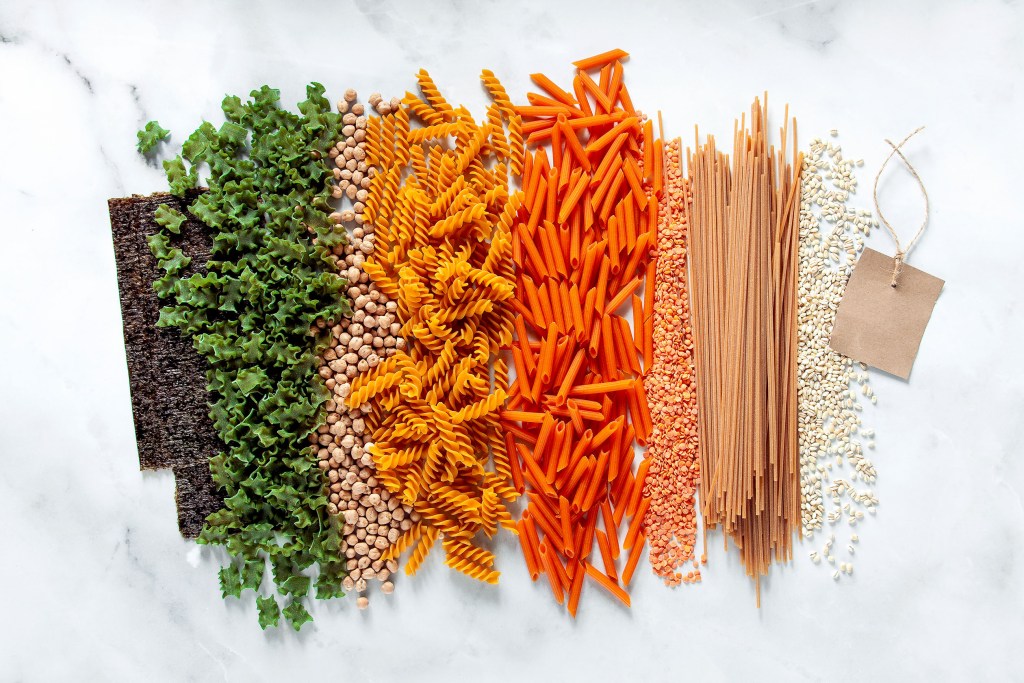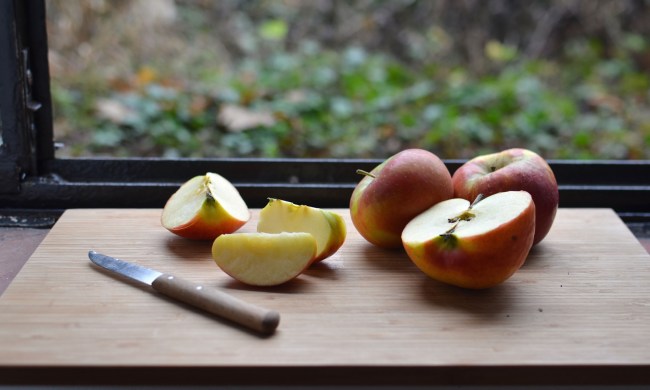Pasta may be a staple of cuisines around the globe, but that doesn’t mean it’s always good for you. Traditional pasta is made from wheat flour, which can cause serious health problems for anyone with celiac disease or gluten sensitivity. However, that doesn’t mean you have to cut noodles out of your diet for good.
Wheat-free pasta offers an excellent alternative to traditional pasta. These kinds of pasta are made from a variety of different ingredients and provide a range of health benefits that wheat pasta doesn’t. Keep reading to learn about the kinds of pasta alternatives, their advantages, and how to choose the best option for you.

Types of pasta alternatives
Wheat-based pasta is just the tip of the iceberg. There are tons of noodles made from different ingredients, and each type has its own taste, texture, and health benefits. These are some of the most common types you can find in your grocery store:
- Buckwheat pasta: Buckwheat pasta, also called soba noodles, is a low glycemic and high-protein alternative. It contains vitamin K and many essential amino acids.
- Bean and chickpea noodles: Bean-based pasta is some of the best available on the market, as they’re highly nutritious and taste very similar to traditional wheat pasta!
- Rice noodles: Pasta made of rice flour is used in a lot of Asian cuisines. These noodles contain high levels of manganese, phosphorus, and selenium.
- Corn pasta: Some kinds of pasta are also made of cornflour, which is rich in vitamins, minerals, and carbohydrates, making it one of the most filling pasta alternatives.
- Quinoa pasta: Quinoa is one of the most popular gluten-free substitutes and is high in protein, fiber, carbs, and amino acids.
- Veggie noodles: If you prefer a non-processed pasta alternative, veggie noodles are for you. Vegetables, like zucchini, cucumber, or squash, are cut into long curly strands to look like noodles. Easily cook them by boiling or sautéing the noodle-like spirals.
- Millet pasta: Millet pasta is a high-protein and high-fiber option that provides essential amino acids, phosphorus, and magnesium.
Benefits of wheat-free pasta
For those on a gluten-free diet, traditional pasta is high on the “do not eat” list. Even for those who don’t have gluten sensitivity, wheat-based pasta can still weigh you down and be difficult to digest. Further, it’s high in carbs, causing an increase in blood sugar levels which is associated with a higher risk of obesity and diabetes. On the other hand, many gluten-free pasta alternatives have nutritional benefits that wheat pasta does not.
Vegetable noodles are among the healthiest options since you’re eating straight veggies as opposed to processed grains and flours. While these hold the shape of spaghetti noodles, they certainly don’t taste like traditional pasta.
Bean-based pasta is often made from chickpeas, lentils, or other types of beans, all of which contain much more fiber and protein than wheat pasta. These gluten-free types of pasta also have fewer carbohydrates, and many varieties taste just as good as the real thing. Quinoa is another popular option because it is naturally high in protein, fiber, and iron, and it doesn’t break down or get mushy when cooked.

How to find the best gluten-free pasta
When you’re looking for a wheat-free pasta alternative, there are a few factors to consider. Though it may take some research and a bit of trial and error, finding a gluten-free pasta you love is well worth the effort.
First, always review the base ingredients. Consider the foods you like to determine which varieties you want to try. It follows that chickpea pasta will have a distinct chickpea flavor, while rice noodles will be much milder and nearly flavorless. The ingredient list is also a good indicator of the overall nutritional profile of the product. For example, quinoa, chickpea, and green lentil pasta are higher in protein and fiber than other types of noodles. Last, research the product to get an understanding of how well they cook down, how strong the flavor is, and other characteristics reviewers tend to comment on.
Whether you are on a gluten-free diet or trying to eat fewer carbs, these alternatives provide health benefits that traditional pasta can’t. Plus, it’s a great way to spice up your meals and add more protein, fiber, and vitamins to your diet. Today, more than ever, pasta alternatives line the shelves of nearly every major grocery store, so trying out wheat-free pasta is easier than ever before. Happy eating!
BlissMark provides information regarding health, wellness, and beauty. The information within this article is not intended to be medical advice. Before starting any diet or exercise routine, consult your physician. If you don’t have a primary care physician, the United States Health & Human Services department has a free online tool that can help you locate a clinic in your area. We are not medical professionals, have not verified or vetted any programs, and in no way intend our content to be anything more than informative and inspiring.



